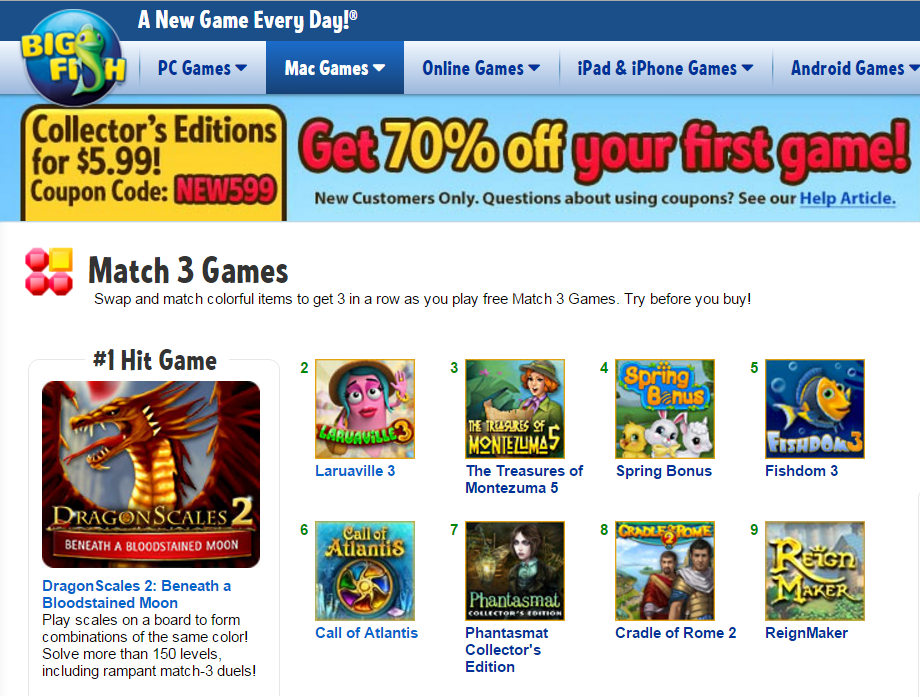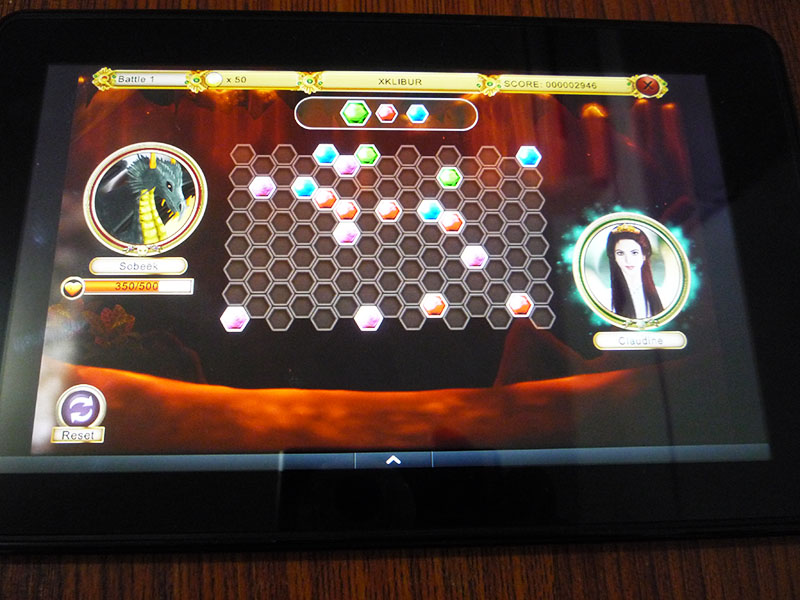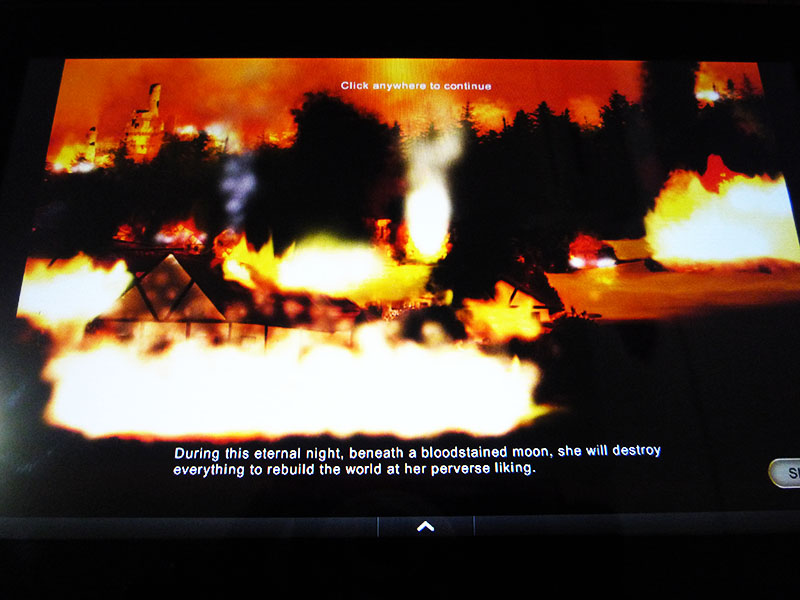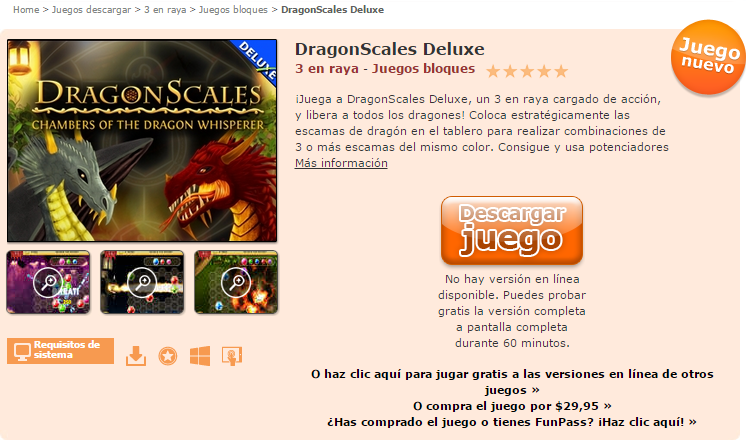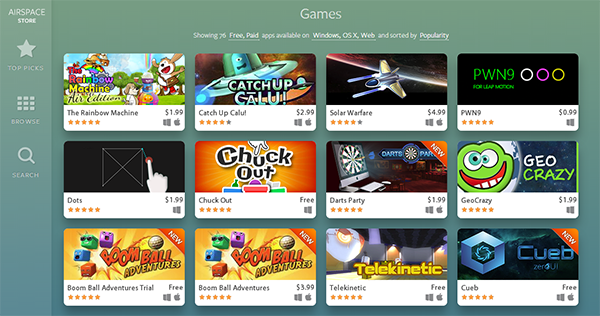December 16, 2013 – IKIGames releases NagiQ 2: Treasure Hunt, an original word game available for PC, Mac, Android tablets and iOS (iPad). Gameplay is based on forming words and combining them on a board to win coins, defeat an evil pirate, win prizes, punch evil skulls, explode monsters, and trim mustache guys. The player will have to solve 75 boards and also collect all of the game’s treasures!
Key features of NagiQ 2 Treasure Hunt:
- Rich and original gameplay! Each island has its unique challenge and enemies! The Iron Hand Pirate, evil skulls, monsters, mustache guys, and multi-letter tiles!
- Form words to capture gift boxes. You could win coins or special Lorin letters which will help you to form words!
- Rise your score to unlock letters! The more letters you unlock the more your chances to succeed!
- Receive all of the game’s treasures by conquering islands and for your achievements.
- Support for English and Spanish languages!
NagiQ 2: Treasure Hunt is available in English and Spanish languages. The game is priced at USD 7.99 for PC (on the game’s website), USD 4.99 for Mac (via Mac App Store), USD 0.99 for Android (on Amazon) and USD 0.99 for iPad (on the App Store). Further information and review copies of “NagiQ 2: Treasure Hunt” can be obtained by contacting IKIGames (@superikigames).
IKIGames is an indie game company focused on development of educational, thought-provoking and family-friendly games for desktop and mobile devices.
Release Date: December 13, 2013
Platforms: PC, Mac, Linux, Android (tablets), iOS (iPad)
Available: via IKIGames’s website (PC), Mac App Store (Mac), App Store (iPad), and Amazon (Android).
Press Kit: NagiQ 2’s Press Kit.
Video: NagiQ 2: Treasure Hunt Video
